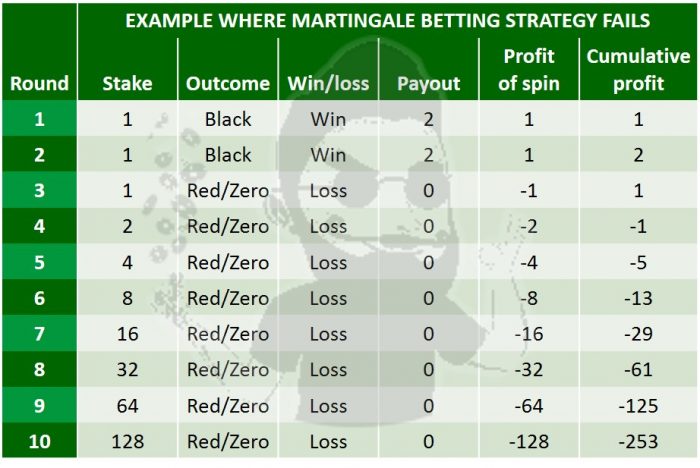Gambling has been part of people’s lives for a long time, way before internet came along. These days, with just a phone or laptop, anyone can get into it fast. One thing many players go for is using certain systems to try beat the odds. One of the known ones is called Martingale. It’s been used for years and still gets mixed views. Some swear by it. Others avoid it. We’re just looking at how it works and maybe if it’s even worth trying.
What is the Martingale Strategy?
This Martingale method works by increasing your bet whenever you lose. You double it, actually. So, if you lose, you try to win back the loss by betting more next time. The whole thing is usually for games like roulette and blackjack,— the kind that’s more 50/50.
Let’s say you put 10 dollars on black in roulette. If it lands on red, next spin you bet 20. If you lose again, then you go 40. You keep doubling until you win something back. After a win, you reset and start small again.

How Does the Martingale System Work?
It’s kind of based on this idea people have where if something happens many times, then the opposite is “due”. Like if roulette shows red four times, some players think black has to come now. But really, each spin is still 50/50.
Martingale leans on this thinking by telling you to keep betting more every time you lose. But the risk grows. The problem is that if you keep losing, your bets go up fast. So you need a lot of money to keep going.
Pros of the Martingale System
The good thing with Martingale is that it’s not complicated. Just double after you lose. That’s it. Even new players can figure it out without much effort. And if you hit a lucky streak early, you can walk away with a profit.
Some players like it just because it brings bigger bets. That makes the game feel more exciting, maybe even a bit more serious.
Cons of the Martingale System
But yeah, it’s got issues. Like, if you keep losing, you can run out of money quick. It doesn’t work well if your wallet is tight. Also, most casinos have bet limits, so you can’t just double forever. At some point, you’ll hit that limit and then the system breaks down.
And when losses pile up fast — it hurts. Just a few bad rounds and you’re looking at a big hole. That’s why some people call it a trap more than a strategy.
Is the Martingale Strategy Effective?
Depends. If you have a lot of money and not playing too long, it might give you some wins. But over time, it tends to fall apart. It’s more like a gamble than a plan, really. You can win big or lose bigger.
Also, Martingale isn’t the only one like this. There are others like D’Alembert system or Fibonacci. All have slight differences, but the core idea’s the same — you chase your losses by betting more. Still built on the same shaky belief.

Conclusion
Martingale is used by many players, but it’s not foolproof. It can bring some wins here and there, but only if you’ve got the money to back it. And even then, those casino bet limits can block the system.
It also depends too much on this idea that luck will turn just because you’ve been losing — but that’s not really how games work. At the end, it’s your choice if you want to try it. Just know the risks before you jump in.
Gambling should be something you enjoy, not something that takes more than it gives. There’s no method that works every time. Best thing is to just play smart, stay in your budget, and don’t expect too much. That’s all you can really do.
